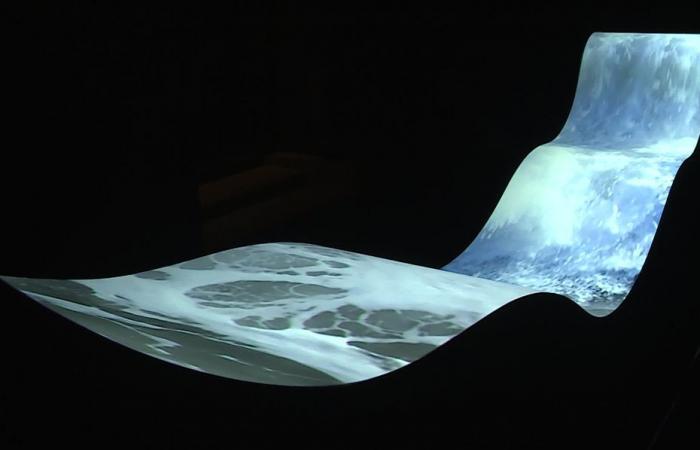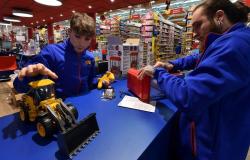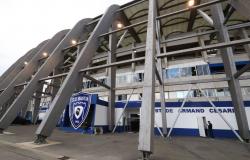
The digital revolution according to four international artists. The exhibition “Under the pixels, the matter” invites us to question the relationship between real, virtual and future. In the basement of the Pont du Gard.
The essentials of the day: our exclusive selection
Every day, our editorial team reserves the best regional news for you. A selection just for you, to stay in touch with your regions.
France Télévisions uses your email address to send you the newsletter “The essentials of the day: our exclusive selection”. You can unsubscribe at any time via the link at the bottom of this newsletter. Our privacy policy
From September 13 to January 5, 2025, the Pont du Gard is hosting the exhibition “Under the Pixels the Matter”, an encounter between the real and the virtual where the borders blur. Four international artists – Régina Silveira, Ana Maria Tavares, Mona Kim and Nicolas Tourte – explore the interaction between physical and digital matter. Through works combining video mapping, augmented reality, photography, sculpture, and multi-media installations, these creators invite us to rethink our relationship with the digital world.
The experience begins with the installation by Frenchwoman Mona Kim, a reflection on the theme of pixels and materials. “ There, it's an installation by the French Mona Kim, which is on the subject of pixels and matter. explains Hervé Hubidos, Culture and Mediation director of the exhibition. The work symbolizes the osmosis between humans and technology, where boundaries fade as digital devices become embedded in our daily lives.
Hervé Hubidos in front of a work by contemporary artist Mona Kim, who virtually grafts sensory organs to pixels.
•
© FTV
Digital objects, like phones and other devices, change human memory and our perception of memories. Hubidos continues: “on our iPhones, we all have photos, phone numbers and all that, we forget it! Before, we remembered all this! We took photos, we developed them. Little by little, we will keep just what is sensitive, everything that allows us to feel, and finally the rest will be artificial intelligence, elements of digital computing.“
We then discover the immersive art of Nicolas Tourte, who uses video mapping to synchronize his creations with the structures of the Pont du Gard. “ There, we see that it projects water, the sea, sounds of water, and we can hear them. In another work, he projects water flowing over the quarry. He created these works, there are four in all, which more or less echo the Pont du Gard, the aqueduct», specifies Hubidos. This visual game, symbolizing the movements of water, invites us to think about erosion and the impacts of climate change.
Virtual artwork by Ana Maria Tavares
•
© FTV
Ana Maria Tavares, for her part, addresses the theme of modernism with a provocative digital video. It “explodes” the Brazilian parliament, representing the reinvention of a refined and modern building which replaces the working-class neighborhoods. The work questions the modernist ideology that dominates Brazilian urban planning.
For a dive into this hybrid vision of the future, the exhibition also extends outside the site. It is open to the public until January 5.
Written with Pascale Barbès.





